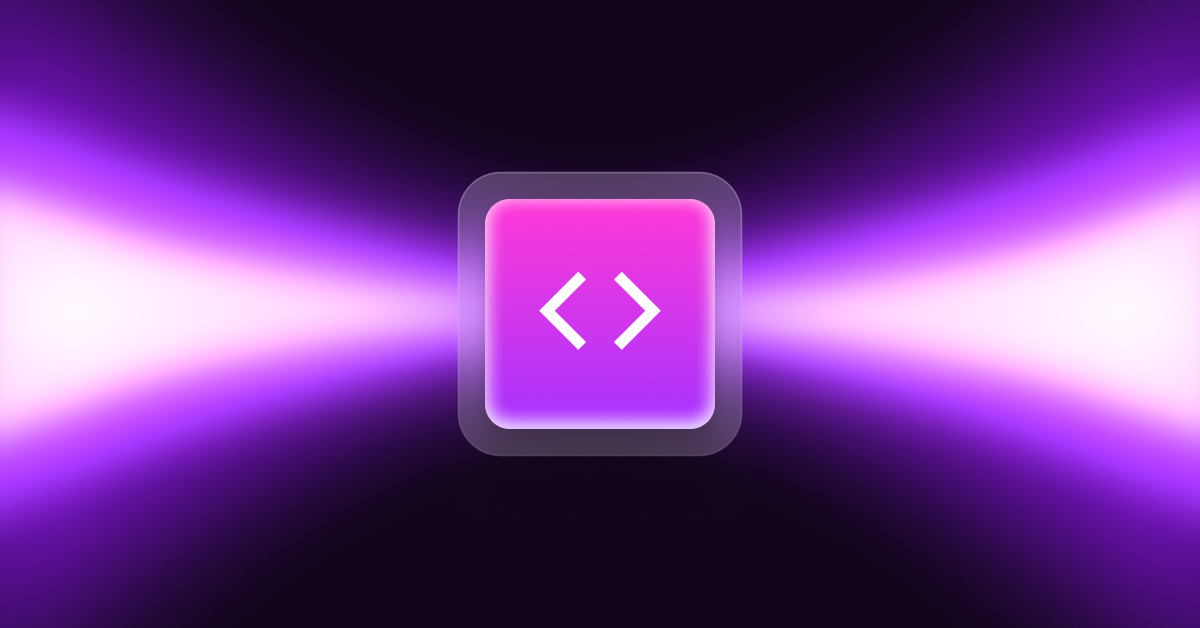The Platform Engineering Paradox
The gap between platform engineering teams and developers has never been wider. Platform teams build sophisticated infrastructure blueprints with Terraform, security policies, and compliance guardrails. Meanwhile, developers just want to ship code—but they're stuck waiting days or weeks for infrastructure provisioning, navigating complex Infrastructure as Code configurations, or wrestling with ticket systems that slow everything down.
Enter Aiden (AI-DEvops-ENgineer): StackGen's DevOps AI Agent that fundamentally reimagines how platform teams enable developer self-service without sacrificing control, security, or governance.
Platform engineering teams face an impossible tradeoff: either lock down infrastructure to maintain security and compliance, creating bottlenecks and frustrated developers, or give developers direct access to cloud resources, risking security violations, cost overruns, and compliance failures.
Traditional solutions—internal developer portals, ticket systems, infrastructure templates—help but don't solve the core problem. They still require developers to understand infrastructure complexity, wait for approvals, or navigate rigid templates that don't fit their actual needs.







